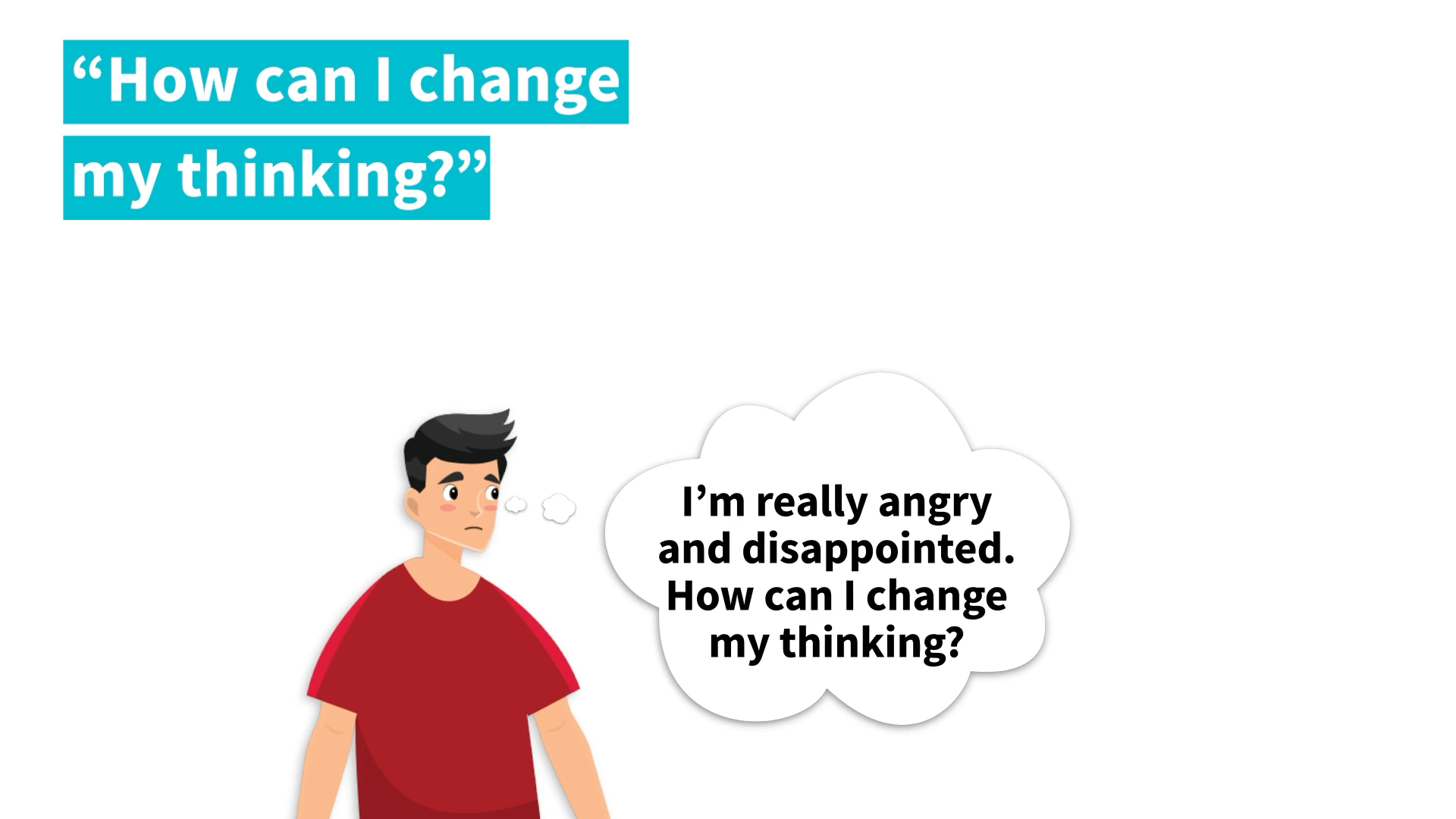Big, negative feelings like anger, frustration, or sadness can quickly take over, filling our minds and preventing us from making good decisions. As educators, it is essential to teach our students how to manage these emotions effectively, so they don’t end up hurting themselves or others. In this blog post, we will discuss the concept of “Changing the Channel” on big emotions and provide an easy-to-implement, no-prep activity, as well as discussion questions and related skills. By learning to change the channel, students can regain control over their thoughts and emotions, leading to better decision-making and improved relationships.
No-Prep Activity: The Emotion Channel Switch
This activity requires no preparation or materials from the educator and can be implemented in any setting. It helps students practice changing the channel on their emotions by using visualization and imagination.
- Ask students to think of a situation where they experienced a big, negative emotion (such as anger, frustration, or sadness).
- Guide them to visualize that emotion as if it were a TV channel, with the situation playing out on the screen.
- Encourage students to imagine they have a remote control in their hands. Explain that they can use this remote to change the channel on their emotion, switching to a different scene that brings them a sense of calm or happiness.
- Give students a few moments to practice this technique, changing the channel from their negative emotion to a more positive or neutral one.
- Finally, ask students to share their experiences with the activity, discussing how it felt to change the channel and regain control over their emotions.
Discussion Questions
Use these questions to stimulate further discussions about Changing the Channel on big emotions:
- Why is it important to learn how to change the channel on our big emotions?
- What strategies can we use to change the channel on specific emotions, such as anger or sadness?
- How does changing the channel on our emotions help us make better decisions and improve our relationships with others?
- Can you share an example of a time when you successfully changed the channel on a big emotion? What did you do, and how did it help?
- What challenges might we face when trying to change the channel on our emotions, and how can we overcome them?
Related Skills
Changing the Channel on big emotions is just one aspect of Social-Emotional Learning. Other related skills that can benefit students include:
- Mindfulness: Practicing mindfulness can help students become more aware of their thoughts and emotions, making it easier to change the channel when needed.
- Emotion Regulation: Learning to regulate emotions effectively can help students manage their feelings and respond appropriately in various situations.
- Empathy: Developing empathy allows students to understand and share the feelings of others, promoting better relationships and communication.
- Resilience: Building resilience helps students bounce back from challenges and setbacks, reducing the impact of big emotions on their well-being.
Next Steps
Helping students learn to change the channel on big emotions is an essential skill for their social-emotional development. If you’re interested in exploring more resources and activities to support your students in this area, sign up for free samples of skill-based materials and other resources at Everyday Speech.






